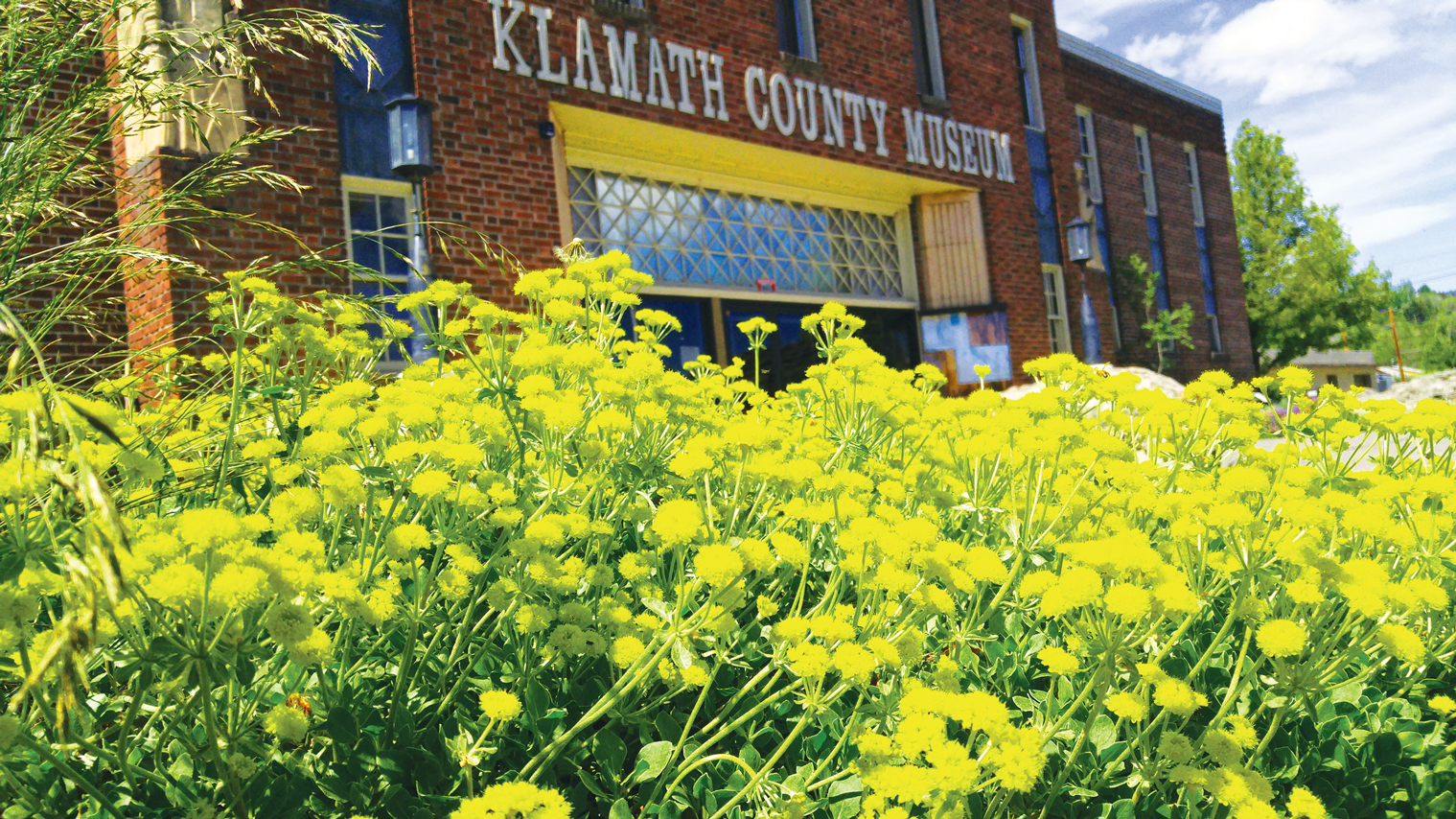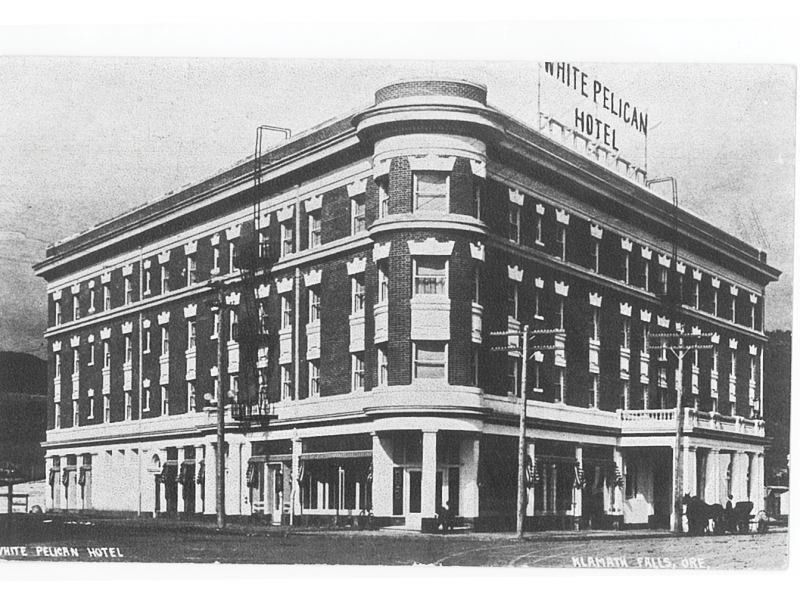Native plant species have a number of advantages for use in landscaping around homes or businesses in the Klamath Basin. Generally speaking, native plants are less showy than commercially grown varieties of popular plants usually found in local nurseries and stores. Plants native to the Klamath Basin can also be harder to source. But the benefits of using locally native plants in the landscape are many:
- Native plants support native pollinators, which are vital not only for the environment as a whole, but also for crop production.
- Once established, native plants typically will survive with much less water.
- Native plants are generally immune to frost damage, and can withstand prolonged cold snaps.
- Carefully selected native plants can grow on very tough sites.
- Native plants help us all develop a special Klamath sense of place! Native plants are not necessarily deer-resistant. The only plants guaranteed to be deer resistance are those growing behind a sturdy fence.
The Klamath County Museum maintains a native plant garden at 1451 Main Street, with more than 100 species wildflowers, grasses, hedges, shrubs, lichens and trees represented. Feel free to visit anytime!

Shrubs
Red-Osier Dogwood – Cornus Sericea
Can become a large shrub, or kept small with clipping. Needs moisture. Bright red stems make a colorful statement in winter. Sometimes available in commercial nurseries and stores.

Manzanita – Arctostaphylos Patula
Broadleaf evergreen shrub. Blooms in late winter. Durable plant with beautiful smooth red bark. Hard to find in nurseries. Can be transplanted from the wild.
Oceanspray – Holodiscus Discolor
Large shrub with beautiful foliage and graceful tawny clusters if flowers in the fall. Sometimes found in native plant nurseries.
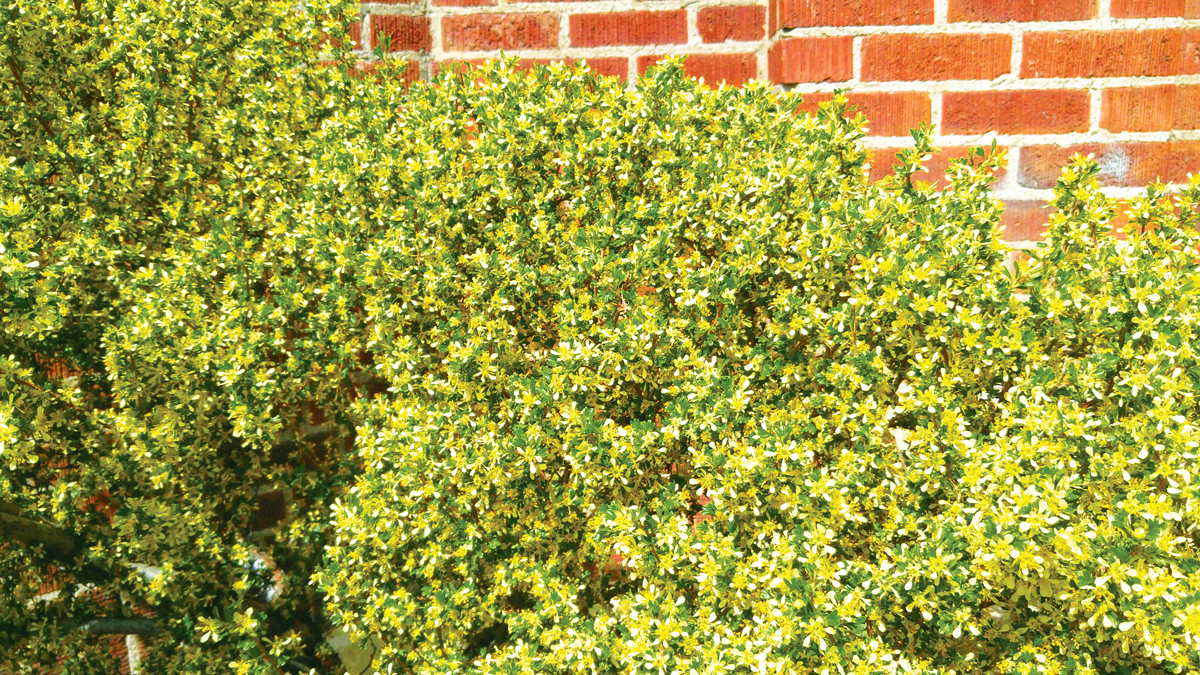
Bitterbrush – Purshia Tridentata
Tough shrub that can be easily pruned to maintain small size or shape. Valuable as winter browse for deer. Pretty pale-yellow flowers in spring. Can be transplanted from the wild.
Rabbitbrush – Ericameria Nauseosus – Ericameria Viscidiflora
Gray rabbitbrush (nauseosus) and green rabbitbrush (viscidiflora) are among our toughest shrubs. Green rabbitbrush will hold its green color all summer, even in tough sites. Both produce brilliant yellow flowers in late summer. Rarely found in nurseries. Abundant around the region, and can be transplanted.
Trees
Incense Cedar – Libocedrus Decurrens
Beautiful foliage and bark. Grows well on tough sites. Grows tall and narrow.
Douglas Fir – Pseudotsuga Menziesii
our state tree serves as a beautiful conifer in landscapes. Will grow very large.
Oregon Ash – Fraxinus Latifolia
Among the few deciduous trees native to our area. Native to the Klamath River Canyon below Keno, survives well in Upper Basin. Available in native plant nurseries.
Wildflowers
Bleeding Hearts – Dicentra Formosa
Pretty foliage. Interesting flowers. Reliable perennial. Often found in nurseries.
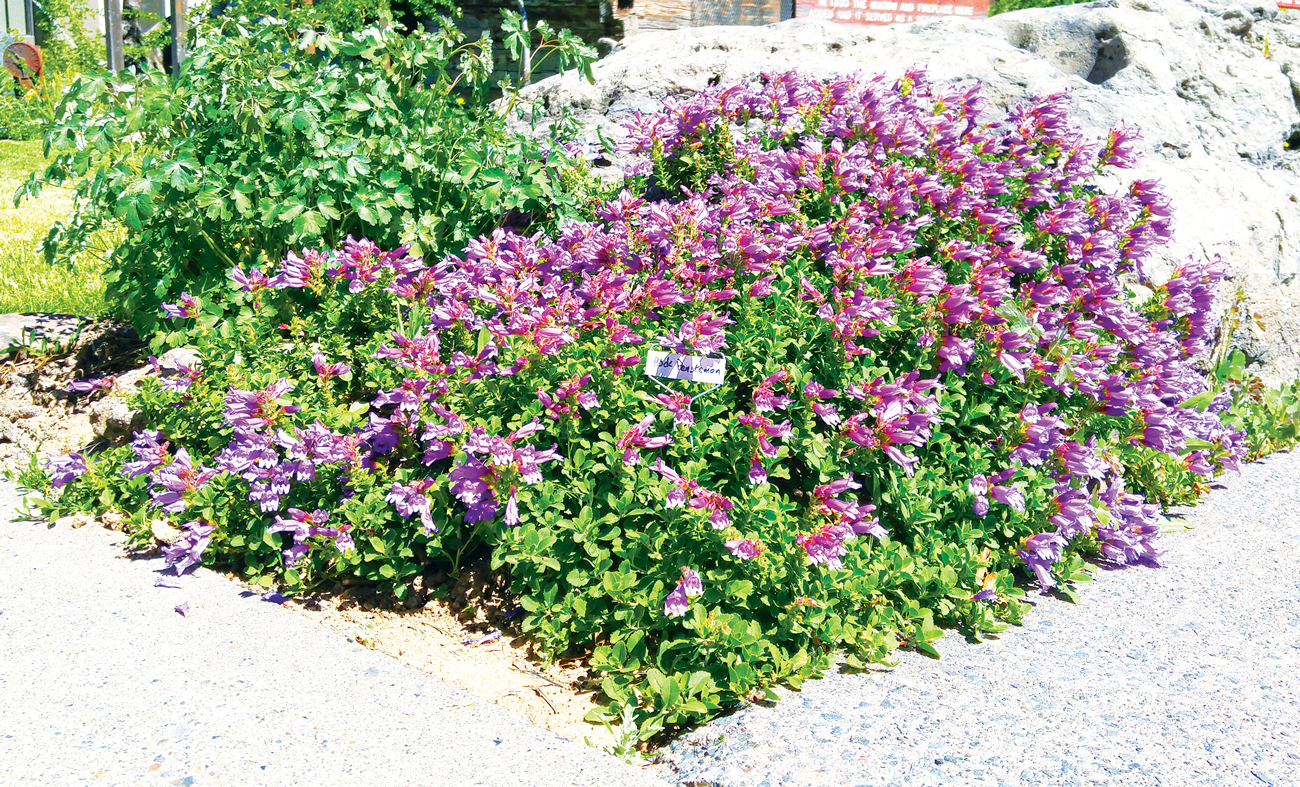
Penstemon – Penstemon sp.
Several species native to the Klamath Basin. Some can usually be found in native plant nurseries. Fairly sturdy perennial.
Sulfur Buckwheat – Eriogonum Umbellatum
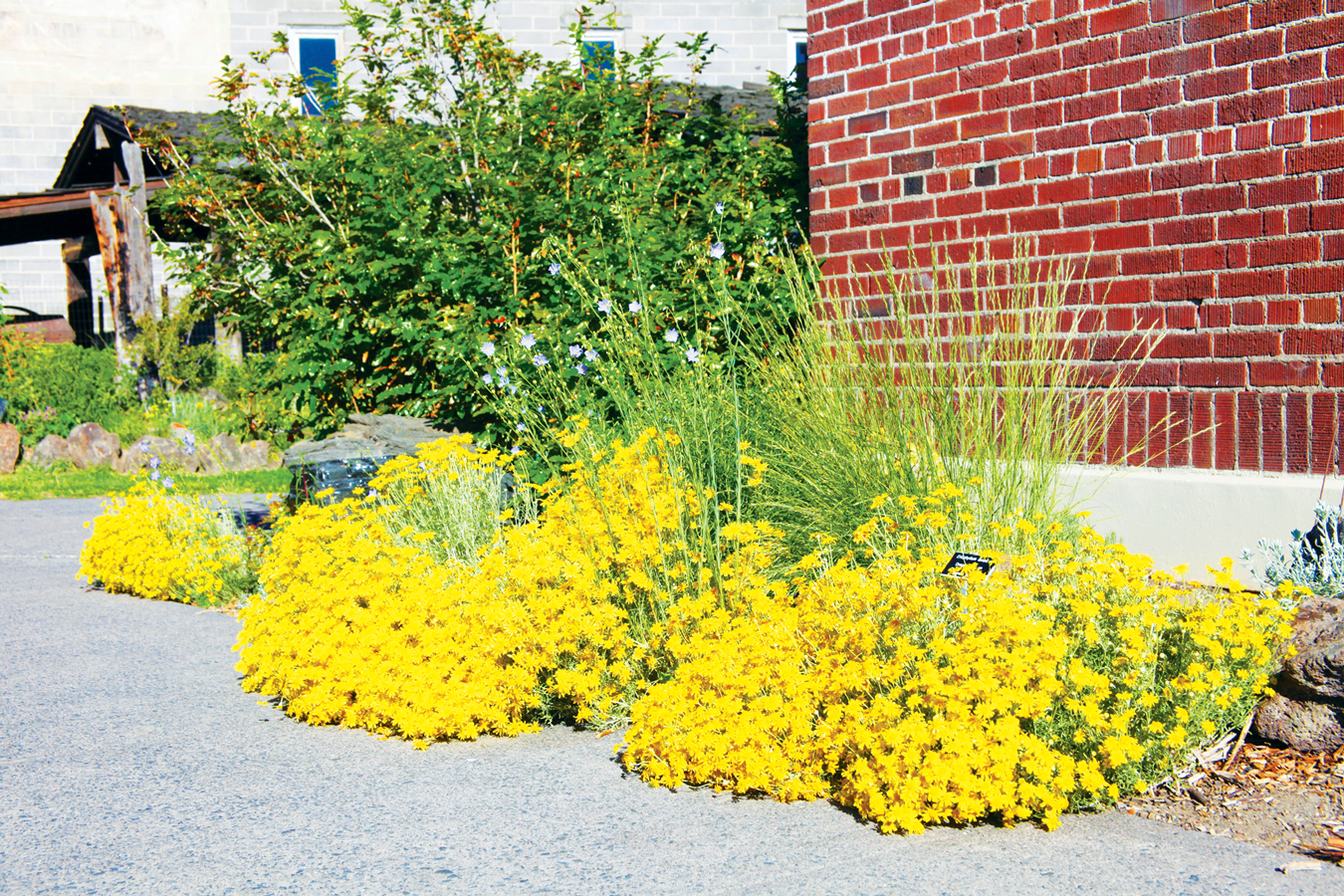
Top recommended perennial for low maintenance, brilliant yellow color, interesting color in winter, ease of care. Drought tolerant, but loves some water. Often available in native plant nurseries.
Oregon Sunshine – Ariophyllum Lanatum
Biannual that will reseed once established. Pretty foliage in first year. Brilliant yellow flowers in spring of second year. Contact the museum for seed.
Written by Todd Kepple


